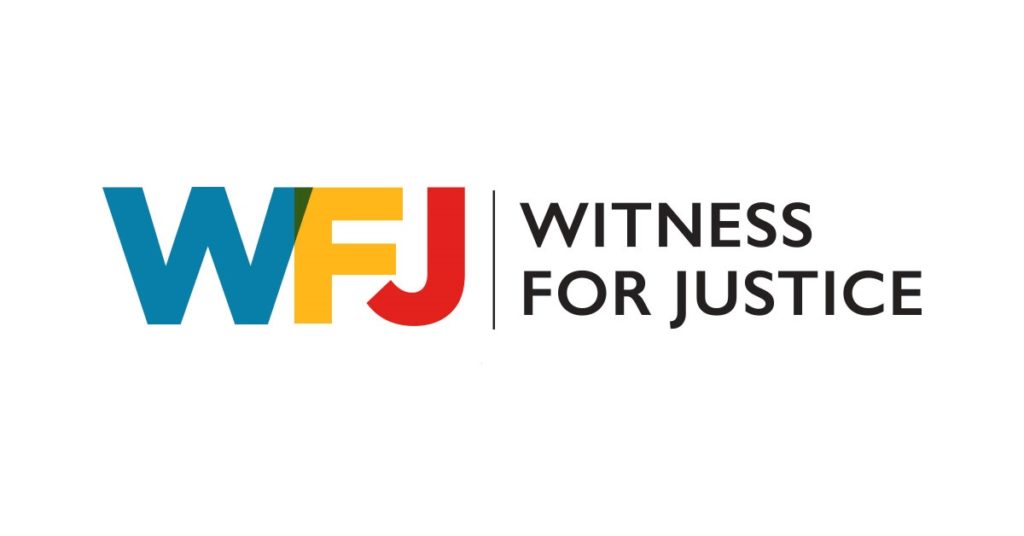Commentary: The President’s Deeply Flawed Budget Request
 President Trump recently sent to Congress his requests for the 2018 federal budget. The key elements are massive tax cuts that will primarily benefit wealthy households and corporations, deep cuts in many social programs, increased spending on the military, and a promise that the budget deficit will be eliminated in ten years. A central component of the plan — the reason it will, supposedly, all work out — is the assumption that the growth rate of the economy will rise substantially.
President Trump recently sent to Congress his requests for the 2018 federal budget. The key elements are massive tax cuts that will primarily benefit wealthy households and corporations, deep cuts in many social programs, increased spending on the military, and a promise that the budget deficit will be eliminated in ten years. A central component of the plan — the reason it will, supposedly, all work out — is the assumption that the growth rate of the economy will rise substantially.
People who care about the common good and the millions of their neighbors who have been shut out of the American Dream should be outraged by the severe cuts to key social programs and protections. After ten years, non-military discretionary spending will be 41 percent below today’s level due to cuts in the Environmental Protection Agency (30 percent), Medicaid ($600 billion on top of the $800+ billion already being considered by Congress), Food Stamps (25 percent or $191 billion), Social Security disability payments and Supplemental Security for very low-income seniors ($72 billion), and many more. For 2018, the plan eliminates housing vouchers for more than 250,000 low-income households and ends a program that helps poor households pay their heating bills. The plan also raises military spending by more than $50 billion.
Then there are the tax cuts, which primarily benefit high-income households and corporations, the same winners who have received most of our nation’s economic gains over the past few decades. The tax cuts will probably also explode the deficit.
This brings us to the central element of the plan, the projected increase in the economic growth rate to three percent a year starting in 2021. This is the magic fix that will, supposedly, boost tax revenue despite the tax cuts and make everything work out.
Future economic growth is currently projected to average just under two percent, so a 3 percent rate would be half again as large. Most economists think this is highly unlikely.
Boosting the rate of economic growth is a promise President Trump first made on the campaign trail, a key part of his economic appeal to voters. A faster growth rate means the nation’s economic pie is expanding more rapidly; it creates the potential for larger increases in household incomes.
But here’s the rub. In recent decades, most of the growth in our nation’s economy has flowed to households at the very top of the economic ladder. Over the last 42 years the size of the U.S. economy doubled, measured per person, creating the potential for all incomes to double, to rise by 100 percent. But the bottom one-fifth of households had an average increase of just three percent while the middle fifth saw a gain of only 14 percent. In the next higher fifth the increase was 28 percent; better, but still a long way from 100 percent.
For economic growth to benefit families from all walks of life, not just those at the top, additional changes in public policies are needed such as an increase in the minimum wage, stronger protections for workers trying to form unions, and greater opportunities for non-college grads to access training programs that will allow them to get a good job. But this budget request and this Administration call for none of those. The Administration’s harmful, deeply flawed budget request must be rejected by Congress.
Edie Rasell is Acting Minister for Economic Justice for the United Church of Christ.
View this and other columns on the UCC’s Witness for Justice page.
Donate to support Witness for Justice through the Neighbors in Need offering.
Click here to download the bulletin insert.
Related News
Celebrating Diversity, Equity, Inclusion, and Accessibility
In the beautiful diversity of humankind, we are invited to celebrate diversity, equity,...
Read MoreThe Gifts of Advent
One of my favorite seasons of the year is Advent, which often falls on the first Sunday after...
Read MoreLand, Artifacts, and Ancestors Back
Imagine one of your great grandparents toiled over a hand-written, illustrated copy of the...
Read More
